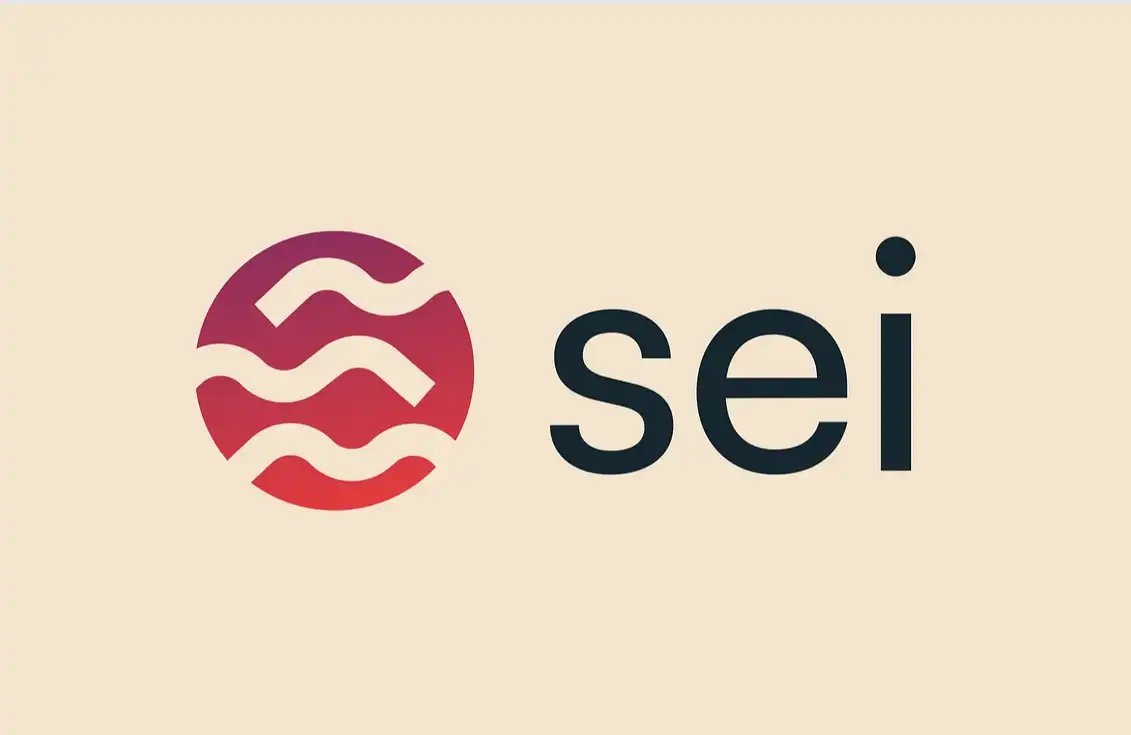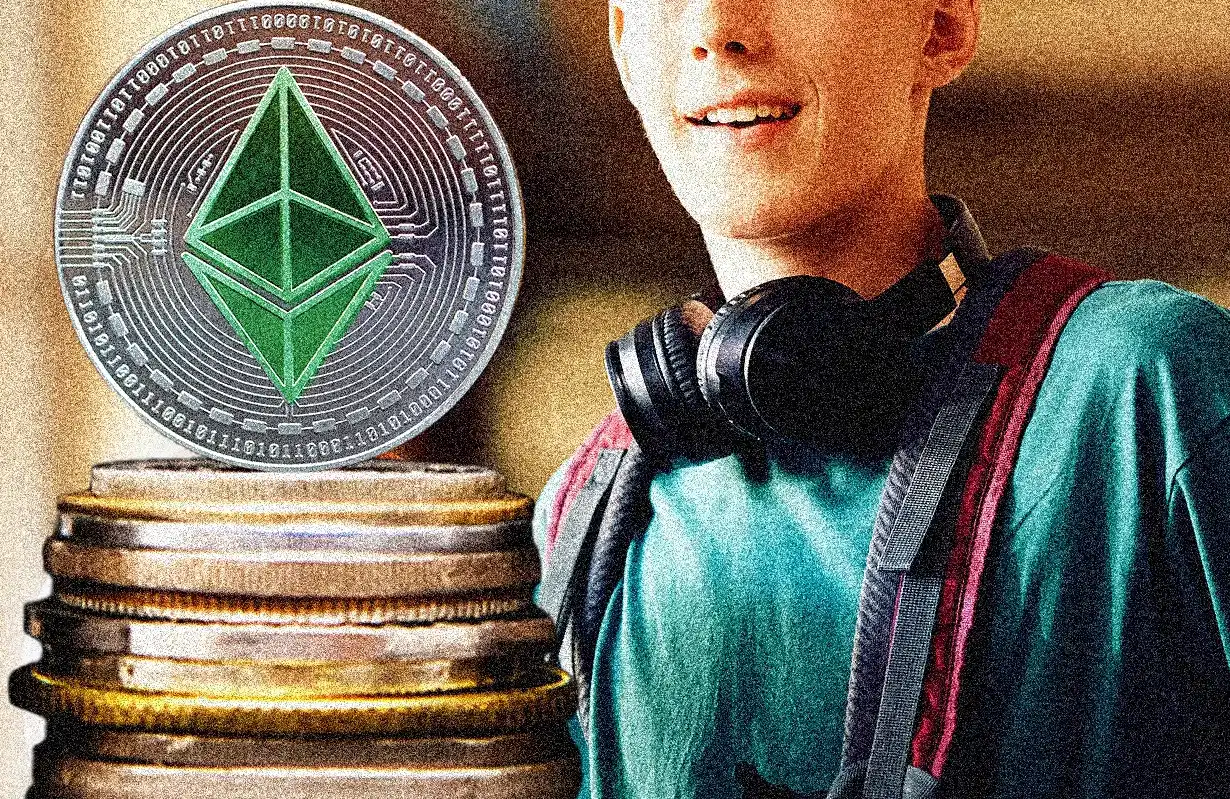Unveiling the People Behind Pump.Fun, with a History of Rug Pulls
Original Author: Joel Khalili, Wired

Image Source: WIRED Editorial / Getty Images
Editor's Note: The highly anticipated pump.fun platform token PUMP, after launching on July 15th, briefly surged to around $0.007, but then entered a one-way downtrend. The public sale issuance price of $0.004 did not effectively prevent the decline, and today PUMP has dropped below $0.003, shattering investors' confidence in PUMP. Although PUMP's public sale explicitly prohibited US users from participating, this did not prevent US meme players from experiencing losses in meme trading. The well-known law firm Burwick Law, which has filed multiple meme coin investment lawsuits, announced yesterday an expansion of its lawsuit against the Pump platform, adding the Solana Foundation, Solana Labs, and Jito to the list of defendants.
In addition, the Pump.fun team's "average age" has also become a keen topic of discussion in the crypto community. According to a previous report by The New York Times, the Pump.fun headquarters are located in London, UK, led by three entrepreneurs in their early twenties: Noah Tweedale, Alon Cohen, and Dylan Kerler. The three have a registered entity named Baton Corporation, with Noah Tweedale serving as CEO and all three as directors. They met in Oxford, UK, and have years of experience in trading meme coins like Dogecoin.
This is an article from Wired from April this year, which may help readers understand the Pump.fun platform and the people behind it.
Pump.Fun, the world's largest Memecoin factory, allows anyone to create their own cryptocurrency. However, even before the platform was launched several years ago, an individual with the same name as co-founder Dylan Kerler had already earned a small fortune by issuing and selling self-created tokens.
According to a WIRED investigation, an individual named Dylan Kerler issued eight tokens in 2017. At the time, Dylan Kerler, the co-founder of Pump.Fun, was only 16 years old. Two of the tokens—eBitcoinCash and EthereumCash—received attention on a crypto forum, following which the price crashed, and investors accused the developer of executing a Rug Pull.
According to an analysis by blockchain security firm CertiK, the developer using the name Dylan Kerler earned up to $75,000 in cryptocurrency in 2017 solely through the sale of eBitcoinCash and EthereumCash—valued at around $400,000 today based on current coin prices.
"While waiting for market share and price increases, they quickly cashed out," said Wang Tielei, Chief Security Officer at CertiK. "We strongly suspect that EthereumCash was a tool designed by the developer for a Rug Pull."
The purpose of Pump.Fun, according to its co-founder, was to protect investors from unethical actors through a standardized token issuance process. However, there is evidence to suggest that Dylan Kerler himself in the early days was precisely the type of developer the platform sought to safeguard against.
As of the time of publication, Pump.Fun and Dylan Kerler have not responded to multiple requests for comment.
The Rise of Pump.Fun and Its Mysterious Founder
Pump.Fun was founded in January 2024 by three twenty-something entrepreneurs: Noah Tweedale, Alon Cohen, and Dylan Kerler. The platform quickly became the preferred incubation and trading venue for Memecoins.
This type of cryptocurrency is highly volatile, mainly created for speculation. According to third-party statistics, in just 15 months, Pump.Fun has generated over $600 million in revenue through a 1% trading commission.

The three co-founders rarely disclose their identities, locations, or company structure. Last year, Tweedale mentioned in an interview with WIRED that this anonymity is for "personal safety" considerations to prevent ransom or attacks prompted by the huge crypto assets managed by Pump.Fun.
Among the three, Kerler has the least publicly available information. While listed as a director in the UK Companies House documents, he has almost no visible association with Pump.Fun. Tweedale told WIRED that Kerler is responsible for leading the development team in writing platform code and feature iterations. Apart from a Twitter account named @outdoteth, Kerler has almost no online presence.
However, a series of "digital clues" left in corners of the internet like GitHub, YouTube, LinkedIn, and Medium still connect this name to suspected rug pull operations of eBitcoinCash and EthereumCash.
Digital Footprint: Tracing Early Token Promotion
In 2017, the two tokens eBitcoinCash and EthereumCash were initially promoted by two accounts on the crypto forum BitcoinTalk: DOMAINBROKER and ninjagod, both belonging to the same user. According to a forum post, after the DOMAINBROKER account was "suspectedly compromised," the user started using the ninjagod identity to communicate with investors.

In a promotion for eBitcoinCash in a forum post, DOMAINBROKER provided an email address containing Dylan Kerler's name and referred to it as a "personal email"; meanwhile, in another thread initiated by ninjagod in the EthereumCash topic, several forum users directly referred to Dylan Kerler as the developer of that project.
Simultaneously, multiple clues indicate that Pump.Fun co-founder Dylan Kerler and the developers of eBitcoinCash and EthereumCash were once in the same area— the latter once mentioned in an old Telegram group that he was located in Brighton, United Kingdom.
Voter registration records reviewed by WIRED show that Kerler was still registered at an address in the Brighton and Hove area of the UK as of at least 2024. When a reporter visited the address on April 15th, a resident who responded via intercom refused to disclose their identity but stated that Kerler "no longer lives here," indirectly confirming the accuracy of the voter registration.
Company registration documents reveal that an entity owned by Pump.Fun was once registered at the same property in Brighton and Hove. This address was also shared by two other companies, both of which listed 62-year-old Kee Fatt Phoon as a director. Furthermore, Phoon is also registered to vote at this address.
Aliases and Associations: Dylan Kerler or Dylan Phoon?
Dylan Kerler seemingly used the alias "Dylan Phoon," a surname matching Kee Fatt Phoon, implying a possible familial relationship between the two.
Until recently, a GitHub account under the nickname "outdoteth" retained an old code repository containing a Gmail account named Dylan Phoon; this email's avatar also appeared on a Medium account under the name DylanKerler1, as well as on the LinkedIn and YouTube accounts under the name Dylan Phoon.

The above YouTube account has uploaded a video about the cryptocurrency Skycoin. Although the project was created by others, its project logo has also appeared on ninjagod's BitcoinTalk account, which can be seen as an indirect clue that they may be the same person.
Another YouTube account named @dylankerler4130 has previously posted a video about the "Equis" project, which advertised itself as "revolutionizing the gambling industry." Equis was also promoted by ninjagod on BitcoinTalk, and its code is identical to that of eBitcoinCash and EthereumCash. (This project did not generate investor interest on the forum.)
In conclusion, both of the names used by Pump.Fun's co-founder—Dylan Kerler and Dylan Phoon—can be traced back to accounts that promoted EthereumCash and eBitcoinCash on BitcoinTalk.
ICO Bubble and Early Rug Pull Pattern
Both eBitcoinCash and EthereumCash were launched by a developer using the pseudonym Dylan Kerler during the peak of the ICO craze. During that time, hundreds of token projects raised billions of dollars from investors through the ICO model. ICOs became popular in the crypto startup scene because they did not require equity dilution.

Conducting an ICO typically involved a three-step process: deploying a contract to mint tokens on the Ethereum network, outlining the project vision on the official website, and fundraising externally. Wang stated, "Many projects were nothing more than a whitepaper and a website with a countdown timer—a very low barrier to entry."
Analysts point out that while some projects funded through ICOs (such as Ethereum) are still operational, most ICOs were manipulated, exaggerated, or even outright fraudulent, leading to increased regulatory scrutiny. Many developers exaggerated the utility of their projects, manipulated prices to generate hype, and even fabricated return rates.
Developers aggressively marketed fantasies of high returns," stated Nicolai Søndergaard, a research analyst at the blockchain analytics company Nansen, "which is the root of the FOMO psychology."
The frenzy of ICOs led many gullible investors to almost skip due diligence in their pursuit of profits, a phenomenon very similar to today's behavior of investing in suspicious meme coins. "The meme craze has many similarities with ICOs," Søndergaard pointed out, "selling a story to the masses is very easy, and then quickly cashing out."
The Rise and Fall of EthereumCash
Developer going by the pseudonym Dylan Kerler started promoting his most popular token—EthereumCash—in early October 2017.
The developer followed the standard playbook: minting the token on Ethereum, setting up a website, and promoting it on BitcoinTalk, Twitter, and Telegram. To generate hype, they distributed the token for free through a so-called "airdrop" and promised to release a whitepaper. At that time, the whitepaper was seen as a symbol of legitimacy that could potentially drive up the price.
Søndergaard pointed out: "The release of a whitepaper can greatly enhance attractiveness. Even just the promise to release one is enough to stir market sentiment."
The screenshots of the project circulating on Telegram revealed how it was marketed to potential investors. The page claimed: "We are committed to making the transition from fiat to cryptocurrency as smooth as possible while still maintaining an honest and upscale atmosphere." At the bottom of the page was an image of an EthereumCash debit card claimed to be usable for real-world spending.
A spreadsheet obtained by WIRED showed that within days, hundreds of people had registered to participate in the EthereumCash airdrop. Simultaneously, there was lively discussion on the BitcoinTalk forum. One user wrote: "Let's spread the word and get more people to notice this excellent token." By October 19, EthereumCash's market capitalization had risen to around $1.3 million.

But just as early investors were full of anticipation, a developer named Dylan Kerler began quietly offloading.
The CertiK analysis shows that shortly after the token creation, Dylan Kerler distributed millions of EthereumCash to wallets under their control. One of the wallets starting with 0x7f3E2 was later used to heavily sell the token on the market.
Between October 19 and 21, 0x7f3E2 sold numerous batches of EthereumCash on the peer-to-peer trading platform EtherDelta. These sales coincided with a catastrophic price crash of the asset, resulting in an 87.9% drop.
Panic started spreading on Telegram and BitcoinTalk. One user, perhaps trying to find some humor in the situation, began mockingly referring to the token as "ECRASH." Others accused the developers of being fully responsible. Another Telegram user who participated in the EthereumCash airdrop told WIRED: "Everyone is very angry." "I think this is the first time I've experienced a Rug Pull."
The highly anticipated whitepaper never materialized, and eventually, the developer named Dylan Kerler disappeared from BitcoinTalk posts and Telegram groups. Just a few days earlier, he had written, "I can assure everyone that the project is making great progress."
In three transactions on October 20 and 21, the developer's wallet withdrew a total of 240 Ethereum (ETH) in profits from EtherDelta—equivalent to about $75,000 at the time. After each withdrawal, these ETH were immediately transferred to another wallet address (0xc8ae1), which was then further dispersed to three wallets: 0x7EAbb, 0x31728, and 0x952F3. Eventually, these ETH were transferred to accounts on centralized exchanges like Binance, Bity, and the now-defunct Cryptopia—platforms often used to exchange cryptocurrency for fiat currency.
WIRED has identified at least 20 wallets attributed to a developer claiming to be Dylan Kerler, which were used to issue, airdrop, or sell eBitcoinCash and EthereumCash, or to transfer related proceeds to centralized exchanges.
“The effect of this layered processing is to obscure the flow of funds,” Søndergaard said, “If you have nothing to hide, there really isn't much reason to do it. That in itself is quite suspicious.”
While some investors still hold onto hopes of its return—on October 24, someone even jokingly remarked, "I smell the whitepaper”—all signs have long pointed to the inevitable conclusion.

In an early October BitcoinTalk post, a developer wrote: “This will be like a Pump and Dump, a round of pumping then selling off, early investors will recoup their costs.” “Sorry for being so blunt, but that's the fact.”
Faster than building wealth is forgetting
To this day, Pump.Fun's frenzy has not abated. According to third-party statistics, the platform earns up to $1 million in daily revenue. The founders' wealth has skyrocketed, leaving the eBitcoinCash and EthereumCash of yesteryear far behind. As this “wealth-building machine” continues to operate, the contradictory Rug Pull is also still playing out, with hardly anyone paying attention.
In November last year, a teenager went live on Pump.Fun, and within minutes created and sold a token, making a net profit of $30,000. He screamed, “Holy fuck! Holy fuck!” while raising both middle fingers to the camera—the moment that perhaps truly epitomizes this era.
Original Article Link
Welcome to join the official BlockBeats community:
Telegram Subscription Group: https://t.me/theblockbeats
Telegram Discussion Group: https://t.me/BlockBeats_App
Official Twitter Account: https://twitter.com/BlockBeatsAsia
 Forum
Forum OPRR
OPRR Finance
Finance
 Specials
Specials
 On-chain Eco
On-chain Eco
 Entry
Entry
 Podcasts
Podcasts
 Activities
Activities








